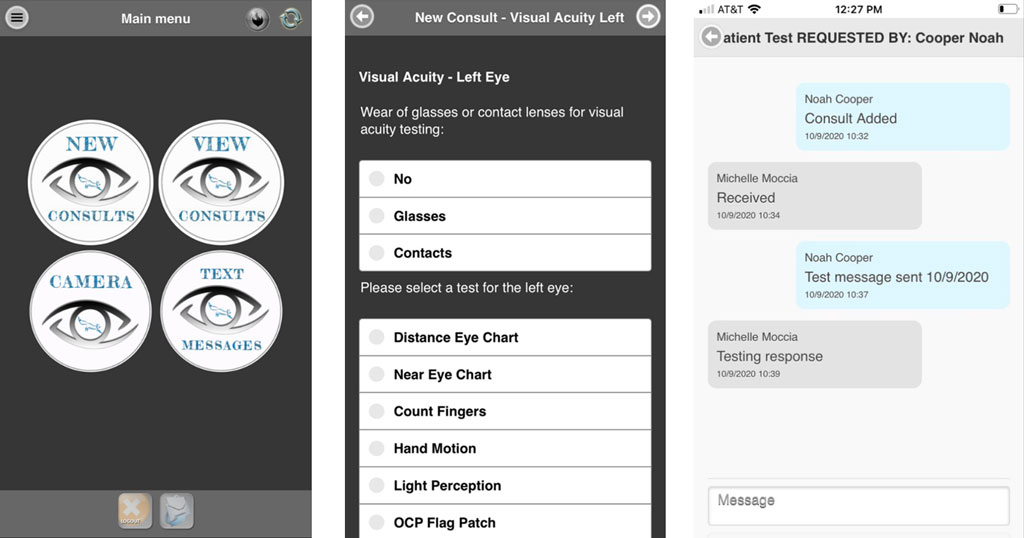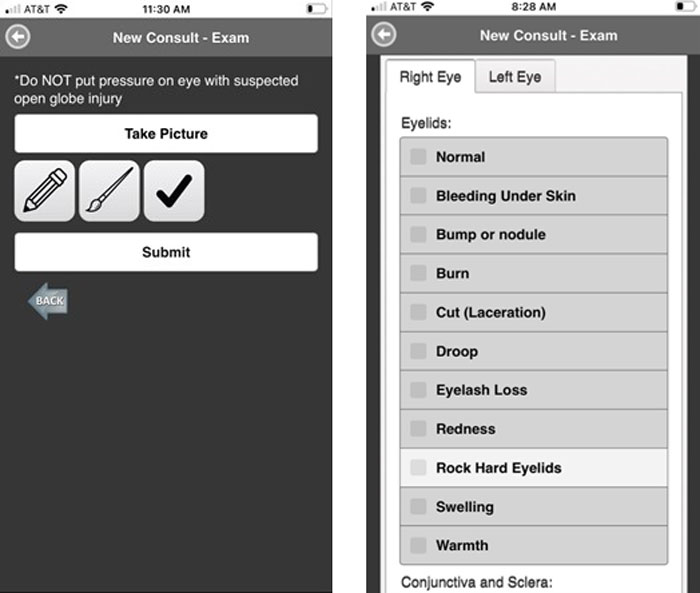Project BOOM – A Cumulative Positive Impulse
March 31, 2021 | Download PDF
TATRC’s Digital Health Innovation Center (DHIC), through its Project BOOM, supporting the Joint Health Risk Management Enhanced Capability Demonstration (JHRM ECD), continued agile software development to add to the suite of prototype capabilities for Blast Exposure Monitoring (BEMO) hosted in the Mobile Health Care Environment (MHCE).

The newest features and capabilities under development are the Environmental Health Sensor Issuance Tool and the BEMO Training Feedback Report Generator (TFRG). The Sensor Issuance Tool enables wearable sensor data (from blast overpressure gauges in this case) to be associated with personally identifiable information (PII) for longitudinal exposure recording regardless of where sensor data is downloaded relative to the point of issue and without loading PII on the sensor itself. The TFRG aggregates individually-associated blast overpressure gauge and weapon firing log data into unit-level summary exposure reports to provide Commanders, instructors and Force Health Protection personnel with analytical information needed to manage health risks and identify trends.
TATRC’s Project Manager for this initiative, Ms. Tabitha Waldrop, stated, “As Project BOOM morphs, the mCare / MHCE system implements new features and capabilities. The team continues its ‘cumulative positive impulse’ across many other projects, by implementing innovative ways to design and develop modularly and incrementally, continuously improving and building upon lessons learned. I’m incredibly proud of all the work that the DHIC development team has accomplished on this project.”

TATRC will be supporting several upcoming demonstrations with the U.S. Special Operations Command and Marine Corps later this year for the previously developed BEMO Weapon Firing Log. Demonstrations of a fully integrated suite of BEMO tools, including the Sensor Issuance tool and the TFRG prototypes, is planned for the 4th Qtr of this fiscal year in support of the OSD Health Affairs 734 Working Group Blast Overpressure Studies.
For more information on this project, please contact Ms. Jeanette Little, jeanette.r.little.civ@mail.mil.
This article was published in the July 2021 issue of the TATRC Times.